Wine Terminology for Beginners: How to Talk Wine with Anyone
When you go wine tasting, you’ll usually read or hear descriptions of each wine. If you’re new to tasting wine, you may be unfamiliar or confused. It can take away from the experience if you feel unprepared or embarrassed, so I’ve put together a very basic layman’s terms list of wine terminology for beginners.
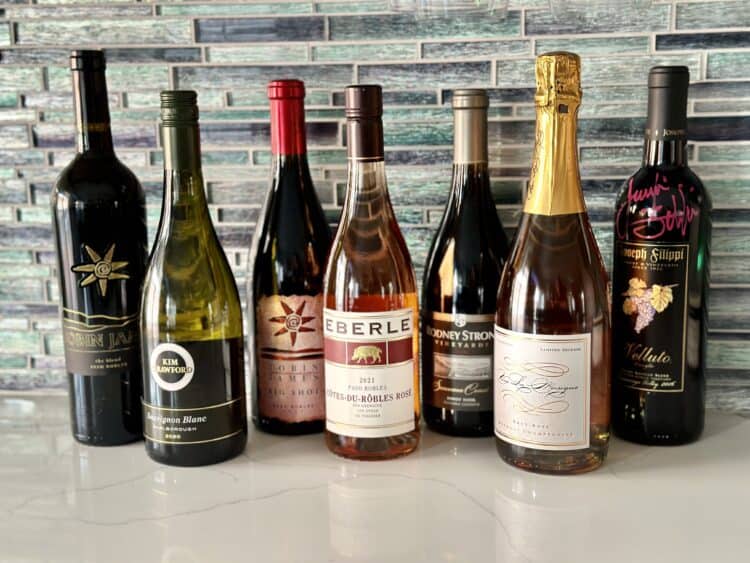
First, a disclaimer: if you ask ten people for their idea of what words should be on this list, you’ll get ten different answers. For my list, I chose 25 terms that I hear the most when wine beginners are asking questions at wine bars or events. These terms are NOT all-inclusive; the actual list, if I was to make one, would be well into the three-digits and would be overwhelming.
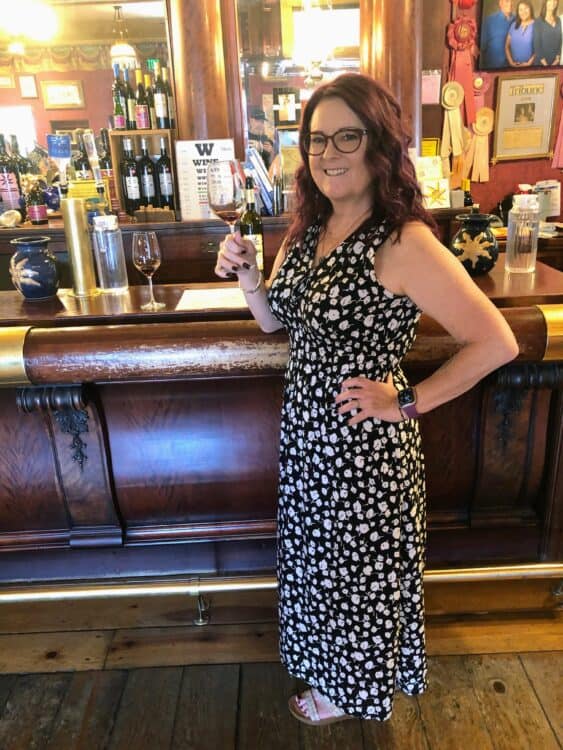
Wine Terminology for Beginners: A Layman’s Guide to Wine Terms So You Can Talk Wine With Anyone
During a wine tasting, you’ll likely hear the pourer describe the wine for you. They’ll give you basics on what you might taste, such as the notes you can expect, aka plum, cherry, citrus, etc. They may tell you where it’s grown, the terrain that makes it unique, when the wine was bottled (the vintage) and what type of grapes. They’ll definitely tell you the name of it, such as Tobin James Cabernet Sauvignon 2019. In that case, Tobin James is the winery/vintner, Cabernet Sauvignon is the type of wine (a red wine varietal), bottled in 2019.
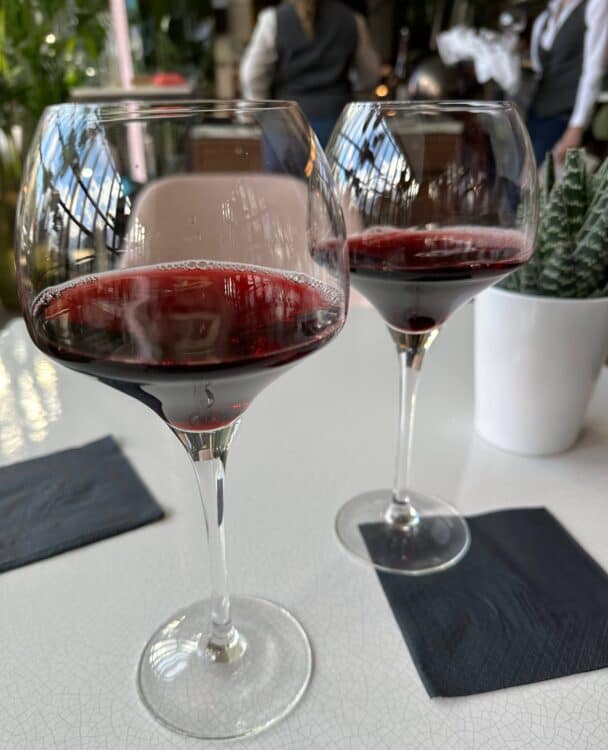
They may go on to say it’s a dry wine with a strong mouth feel and a cherry finish. They’ll pour it into your glass, hand it to you, and you’re off. But what next?
Sniff. What do you smell? Swirl. This aerates it. Sip. That one’s the easiest. I go into this more in-depth in my blog post about wine tasting for beginners. Head over there for a full primer on tasting wines. The pourer may ask you what you taste, or what it feels like. This is where a moment of anxiety sets in — what do I say? How do I sound like I know what I’m talking about? Will I sound dumb if I say it tastes like strawberry?
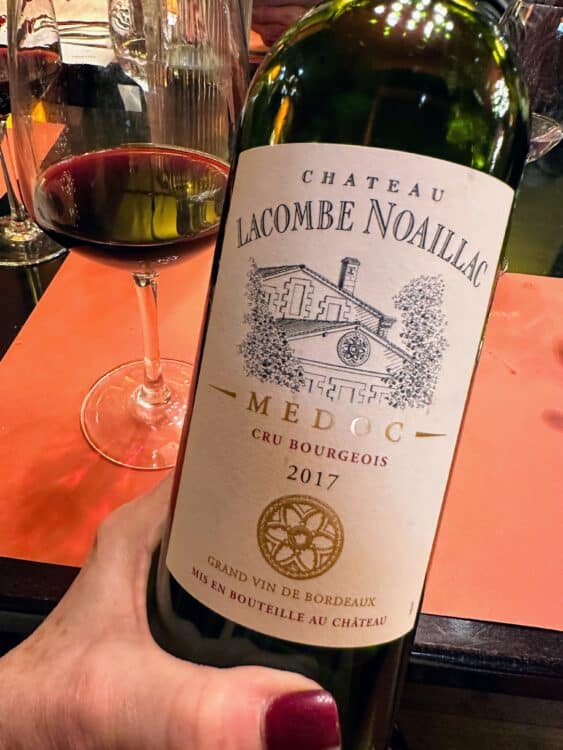
That’s where it helps to know some terms. But most importantly — do not be intimidated. Ask questions, listen to what the wine pourers say to others, and make mental notes. You can also listen to what other guests may say, but keep in mind that they may also be new, and a lot of tasting is individual. Where you taste that strawberry, they may taste notes of chocolate; both may be totally right!
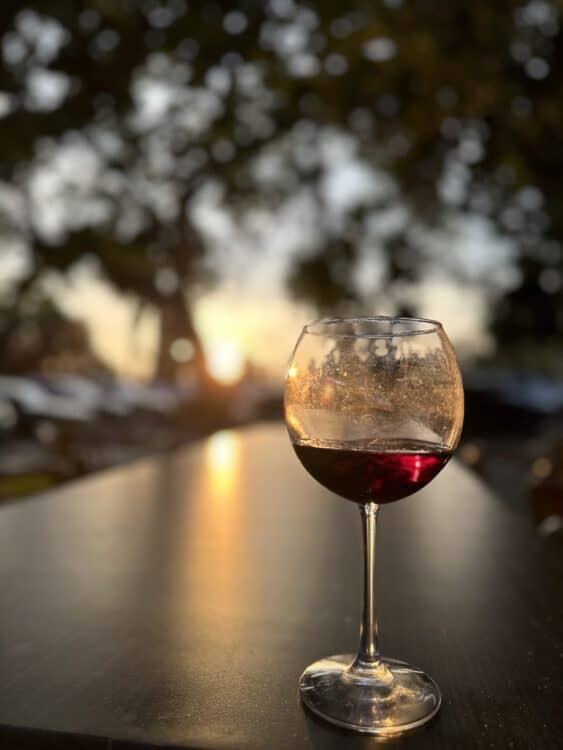
Let’s break this basic list down a little more fully!
- Aerate: this means to get more air into the wine, which opens the flavors. It is amazing to compare a newly opened bottle of wine, poured straight into your glass and enjoyed immediately with a pour that has been aerated. You can aerate by swirling, or decating a bottle (more on that below), or using one of the many aeration tools available. (Keep in mind, wine gear can get expensive, but there are basic aerators available on Amazon for less than $10 that will do the job.)
- Aftertaste: exactly how it sounds! What does your mouth taste a few minutes after you’ve finished?
- Age: also what it sounds, but with an additional nuance. If a wine is bottled in 2019, and it’s 2023, you know the age, BUT this term can also be used to indicate that a wine changes with age. It ages, just like humans. Most wines will get better with age, or at least maintain, while there are some that aren’t as good. When you make a purchase, you can ask the wine pourer their recommendations. There is a local sherry we buy that is absolutely amazing; it will last forever, but it has to be at room temperature.
- Aroma: this is sometimes referred to as ‘bouquet,’ but they are a little different. What do you smell? What is the scent like? Some wines smell sweet, others fruit, others herbaceous or earthy.
- Blend: some wines are one varietal, such as a Chardonnay, while others are a blend of different types of wines. Blends are very unique to those types of wines; you can have a blend of a syrah and merlot at one winery that’s amazing, and try the same two wines blended at another winery and it will not be good.
- Body: this is how the wine feels in your mouth, and wines that feel heavier are usually higher in alcohol.
- Complex: some wines have only one or two scents, or aromas. A complex wine will have multiple.
- Corked: this means that the wine has gone bad, and it’s frequently evident when you remove the cork and see discoloration on the cork or the cork dissolves. The wine will also taste “off” or bad.
- Decant: when you pour wine into a decanter or other container of sorts to let it be exposed to more air.
- Depth: this is related to depth of flavor, as some wines are one-note (as in, no layers of flavor) while others have numerous.
- Dry: less sweet
- Finish: what you taste after you’ve swallowed the wine, or the flavors you’re enjoying (or not enjoying?) in your mouth after the wine is gone.
- Flight: when you taste, you’ll frequently be offered the chance to taste a flight of wines. This is a particular grouping, suggested in a particular order, of wines that go in a specific order.
- Fruit-Forward: this is a wine that really has a lot of fruit taste right when it hits your palate
- Full-Bodied: a wine that’s full of flavor, in short.
- Jammy: I see this one explained differently by different people, but for me, it is a full-bodied wine that has flavors of jam, or very fruit-forward. These can be sweet or dry.
- Legs: when you swirl a glass and the wine settles back down but you see the clear shapes of the wine above the top of the wine, those are legs! The longer they stay, and the more you see, often indicates a quality wine.
- Mouth feel: literally, how it feels in your mouth. What sensations does it evoke?
- Score or rating: you’ll sometimes see signs in wine stores that say 90 points, 89 points, 94 points, etc. The closer to 100, the better. It’s still subjective, because you may like something that is far less, so don’t feel like you can only buy wines with high ratings. (And higher points = higher cost in many cases, but not all! You can buy a 92 point wine at Aldi!)
- Sniff: sniff it! What do you smell? This is part of the wine tasting experience: swirl, sniff and sip!
- Sweet: wines are typically on a scale of sweet or dry — less dry, dry, sweet, less sweet, etc.
- Swirl: swirl the glass in your hands, aerate it some and look at the legs!
- Tannins: these are compounds extracted from the various parts of the grape. The amount of tannins will change the taste and feel of the wine. White wines will have less tannins, and tannins can affect how dry a wine is.
- Tasting: going to a winery or wine bar and trying various types of wines, typically in 1 ounce pours! (California law only allows one ounce of wine per pour.)
- Vintage: when were the grapes picked? This date will be on the label.
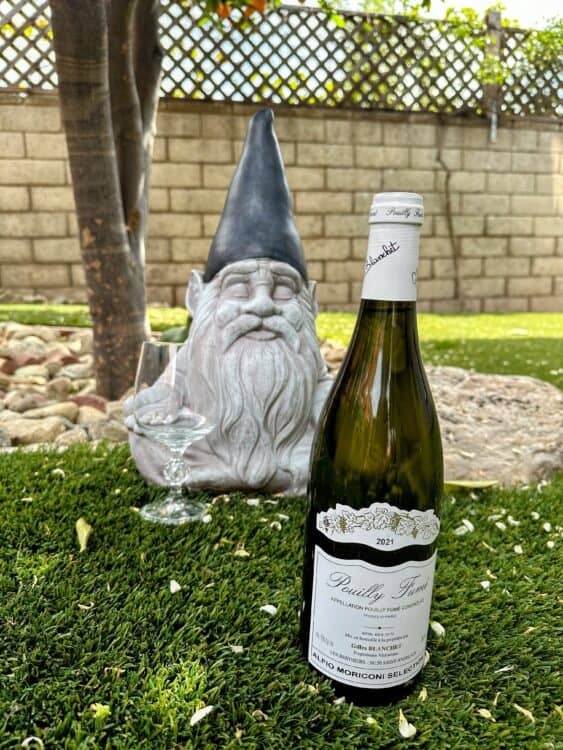
This list is a great start so you’ll feel comfortable with how to talk wine with anyone. But it’s important to remember that even if you don’t know any wine terminology for beginners — or experts — you don’t need to let that stop you from going wine tasting.
Wine lovers are unique, just like wine. Try the wines. Swirl, sniff, sip. Don’t be mean to the wine pourer or the winery staff. Enjoy the wine, use whatever words you can or need to. You’ll learn as you go, so you don’t need to know it all at once. I’ve been into wine for decades now, and I still may not sound as fancy as I’d like. And you know what? It’s wine, it’s all good. It doesn’t need to be fancy — it can be a $50 bottle from a wine store, or $6 from Trader Joe’s. Try new things, there are always wines available in your budget.
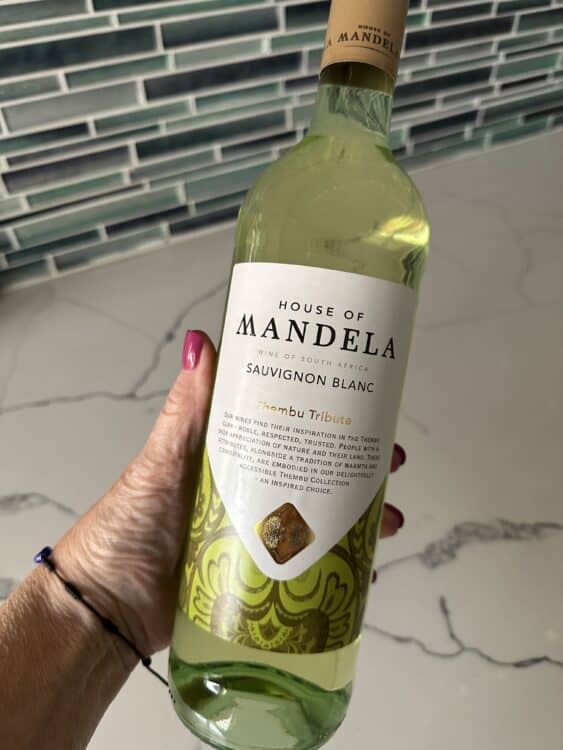

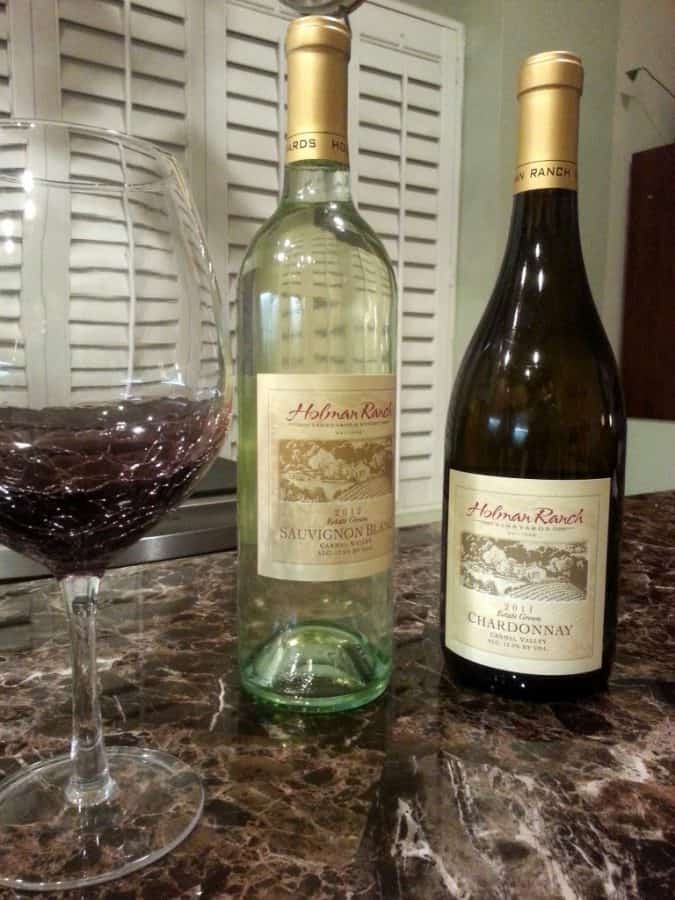
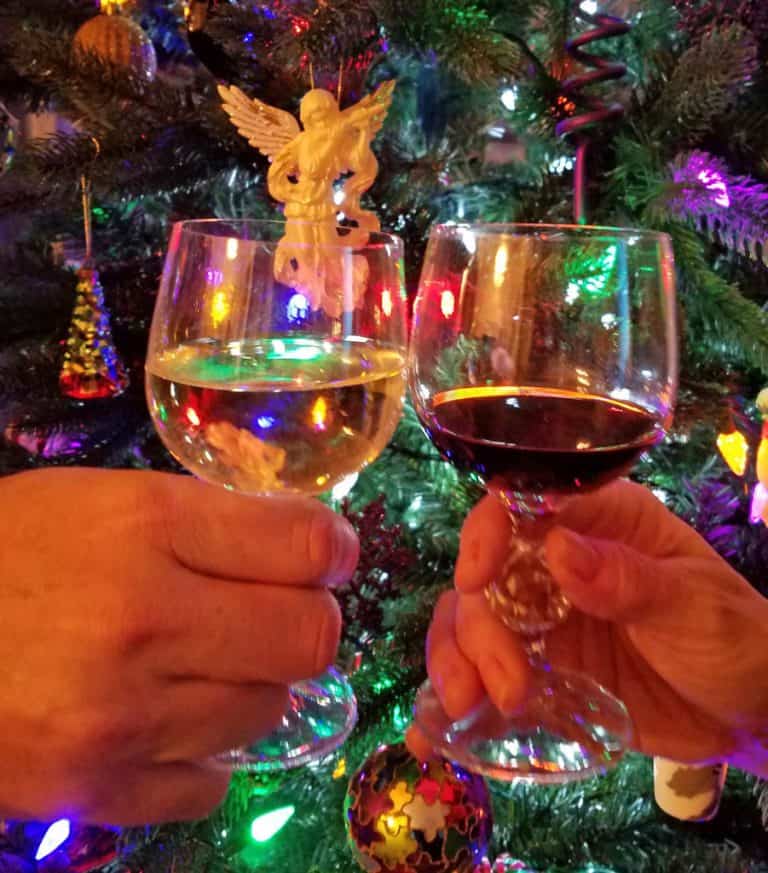
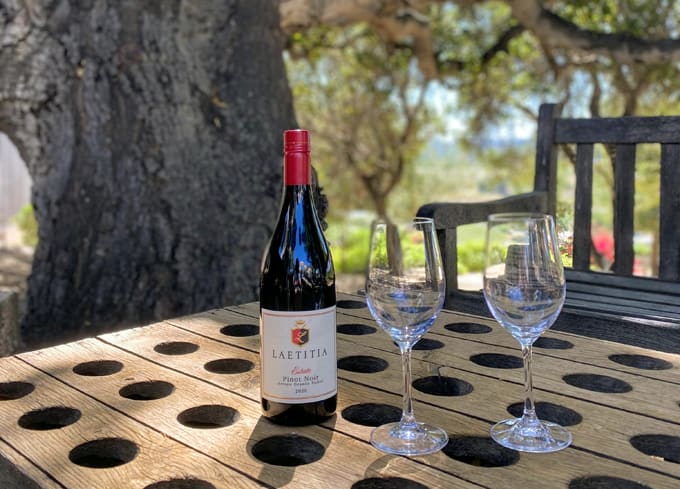
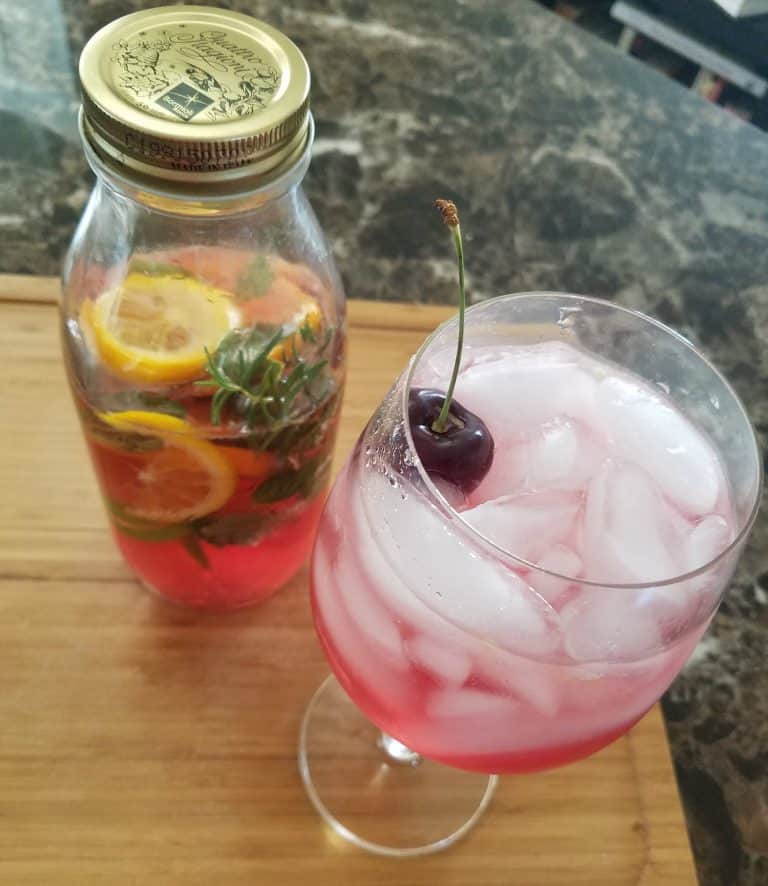
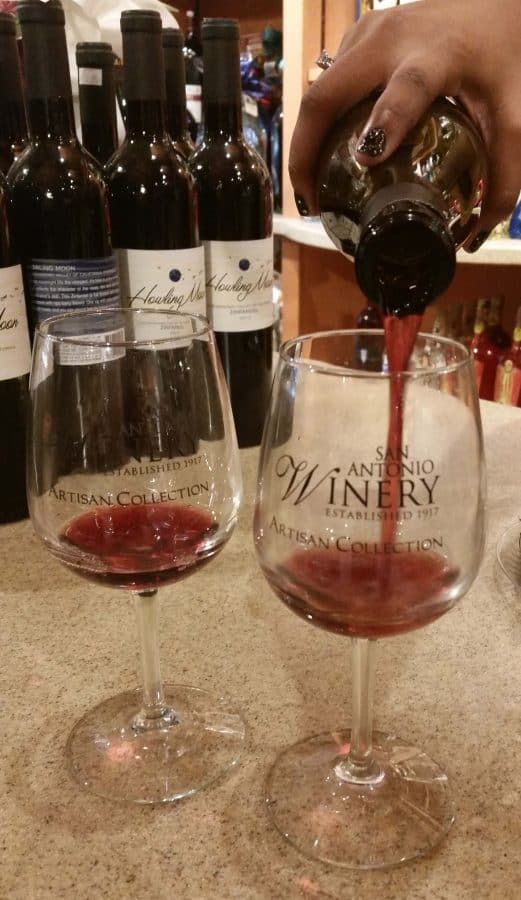
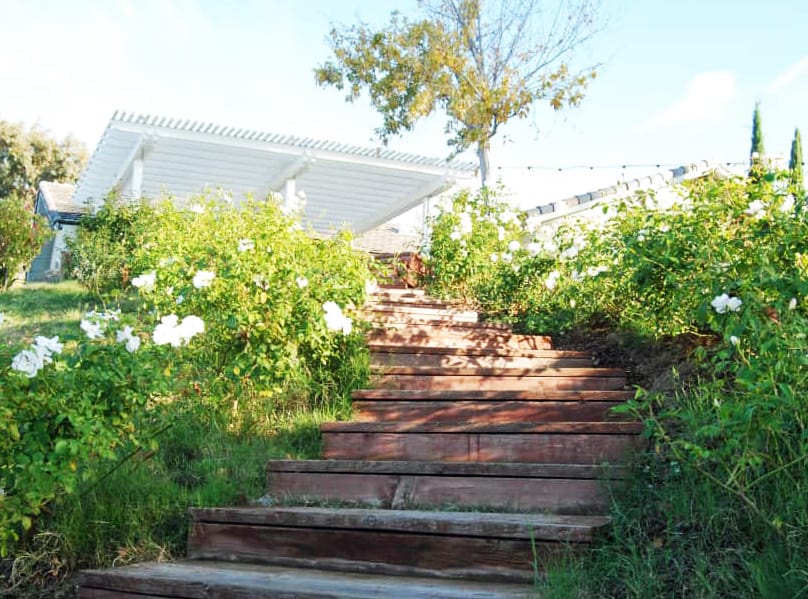
🍷👏 What an informative and enjoyable read! 🍇🥂
I’ve always been intrigued by the world of wine, but sometimes it can feel a bit overwhelming, especially when trying to keep up with all the terminology. Your article has truly demystified the jargon and made the language of wine accessible to beginners like me.
I love how you’ve broken down each term into simple explanations and examples. The way you’ve connected the terminology to real-life experiences, like comparing tannins to the sensation of strong tea, really helps solidify the understanding. Thank you for making learning about wine feel so approachable and enjoyable. I’m looking forward to exploring the world of wine armed with this newfound knowledge. Cheers to expanding our wine vocabulary and enhancing our sipping experiences!